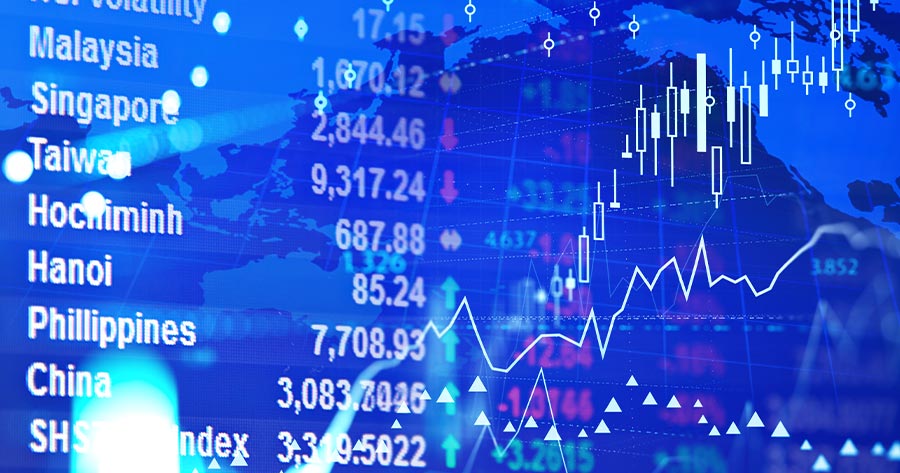On Wednesday morning (9 October, 9:34 AM, GMT+7, Bangkok time), most indices in Asia Pacific decreased, led by the CSI 300 in Mainland China which stood out by falling more than 3%, after experiencing a widespread drop in the prior session due to disappointment in the lack of major stimulus announcement from the Chinese government.
Investors turned their attention towards policy announcements from the Reserve Bank of New Zealand and the Reserve Bank of India, with the RBNZ cutting its policy rate by 50 basis points to 4.75%, whereas the RBI is anticipated to maintain rates at 6.5%.
Meanwhile, South Korea’s markets are closed for a public holiday.
Japan’s NIKKEI rose by 0.56% to 39,156.56, and Australia’s ASX 200 climbed by 0.15% to 8,189.
As for stocks in China, Shanghai’s SSEC plummeted by 3.76% to 3,358.61. Hong Kong’s HSI slid by 0.14% to 20,898.09, and Shenzhen’s SZI slumped by 4.57% to 10,969.91.
Meanwhile, the US stock markets edged up on Tuesday as the Dow Jones Industrial Average (DJIA) increased by 0.3% to 42,080.37. NASDAQ grew by 1.45% to 18,182.92, and S&P 500 gained 0.97% to 5,751.13. VIX dropped by 5.39% to 21.42.
As for commodities, oil prices settled lower by over 4% on Tuesday as the previous rally, triggered by escalated geopolitical tensions, halted. Traders are now keeping their eyes on Israel’s potential retaliation against Iran. Brent futures lost $3.75 or 4.63% to $77.18 a barrel, and the West Texas Intermediate (WTI) declined $3.57 or 4.63% to $73.57 per barrel.
This morning, Brent futures edged up 5 cents or 0.06% to $77.23 a barrel, while the WTI dipped 1 cent or 0.01% to $73.56 per barrel.
Meanwhile, gold futures climbed by 0.07% to $2,637.3 per Troy ounce.




